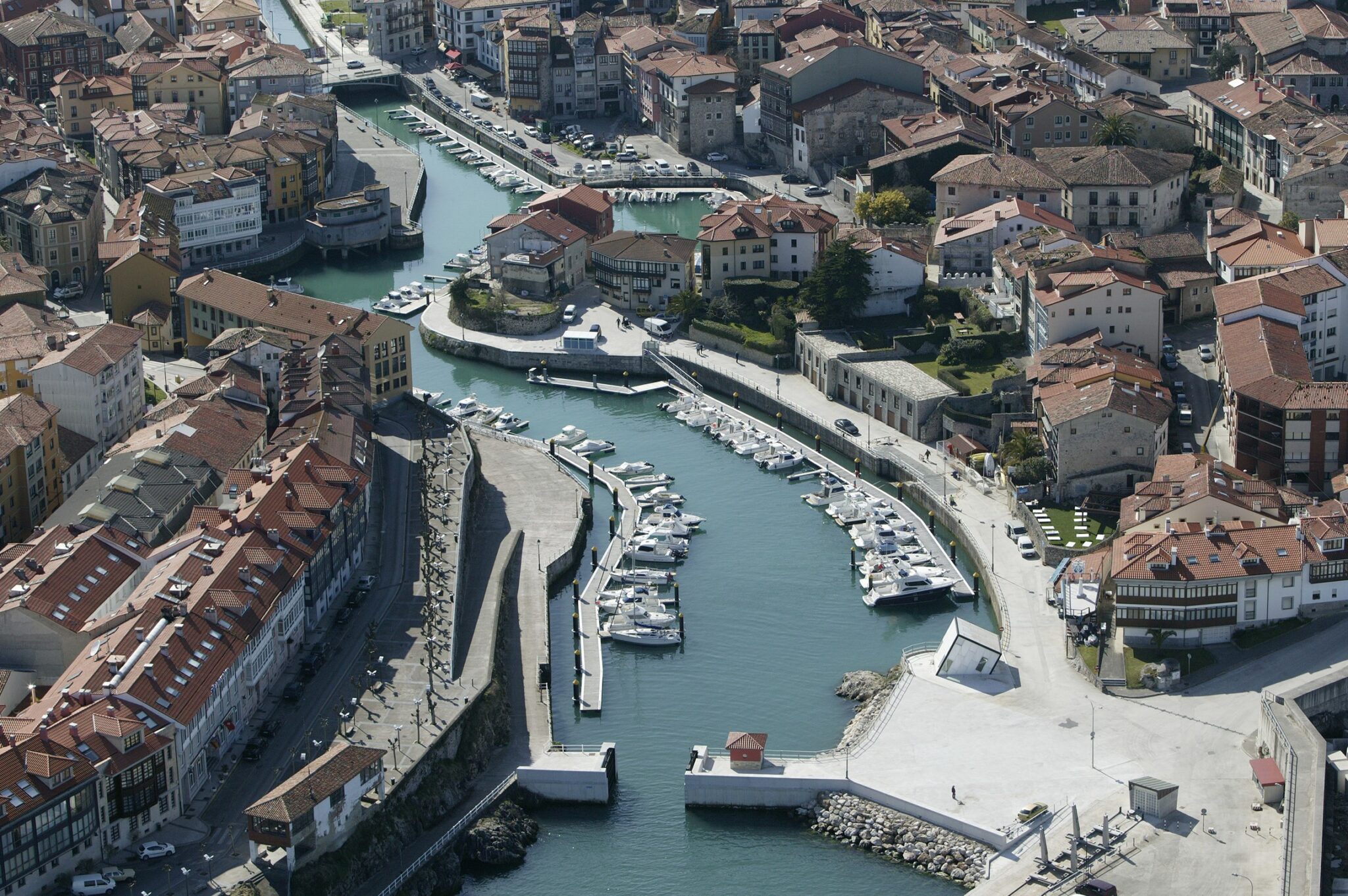A research study of IHCantabria proposes a new framework for port adaptation to climate change
This study provides a useful methodology for port managers and planners to develop tailor-made adaptation plans, consistent with current and future climate conditions
A research study developed by researchers from the Environmental Hydraulics Institute of the Universidad de Cantabria (IHCantabria) introduces a novel framework for preparing climate change adaptation plans, which are specifically designed for port and coastal infrastructures. Their results were recently published in the scientific journal Coastal Engineering, in an article entitled “A framework for climate change adaptation of port infrastructures“.
IHCantabria researchers Alberto Fernandez Perez, Iñigo Losada and Javier Lopez Lara are co-authors of this study, which introduces a novel framework for preparing climate change adaptation plans specifically designed for port and coastal infrastructures. The aim of this framework is to “identify the main needs and limitations for the adaptation of port infrastructures, through an assessment of risks caused by climate change,” says Alberto Fernandez Perez, who is the lead author of the paper.
The proposed new framework also makes it possible to optimize a set of adaptation measures based on risk reduction criteria, for which combinations of these measures are considered. In addition, the effectiveness of adaptation options in reducing climate risks for different scenarios and time horizons can be evaluated; and the methodological framework can be validated and applied in a case study located on the Atlantic coast of Spain.
The adaptation of port infrastructures to climate change and sea level rise is fundamental, due to their highly exposed location in coastal areas and their importance as critical nodes in logistics chains and local, regional and national economies. This paper proposes an adaptation assessment framework that, based on a high-resolution composite climate risk assessment, identifies the main threats that climate change may pose to port performance, defines a set of optimized adaptation measures, and evaluates their applicability and effectiveness under various climate scenarios and time horizons.
Practical application in the Port of Llanes
This study was applied and validated in Puerto de Llanes, Asturias. For this purpose, various elements of the port were evaluated, including protection structures, port equipment and surrounding buildings.
The selected adaptation measures include replacement of the existing outer layer of riprap, construction of overtopping protection walls, construction of overtopping protection walls, and joint construction of a front pier revetment and relocation of utilities.
Conclusions of the study
The results of this study show that constructive measures offer greater performance improvements, although they require higher budgets, while non-constructive measures prove to be more cost-effective and time-efficient to implement. Therefore, researcher Alberto Fernández Pérez recommends “integrating both constructive and non-constructive measures in flexible adaptation schemes, and complementing constructive measures with less invasive solutions when the former cannot be applied due to time, financial, environmental or social constraints”.
More information on the characteristics of the study can be obtained through the article recently published in the journal Coastal Engineering: A framework for climate change adaptation of port infrastructures – ScienceDirect

Aerial view of the Port of Llanes, used as a pilot case for the methodology developed in this study



